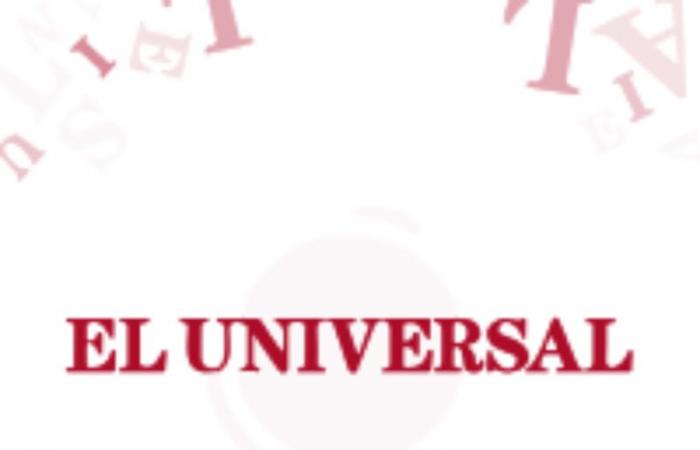In La Guajira it ends and Colombia begins. In the extreme north of this painful country that continues to carry its old and new wounds with a persistence that is sometimes abysmal. Desert people have always inhabited these lands. The Wayuu people are the most numerous of the Colombian indigenous people. Its language is the second most spoken in the country after Spanish. Shepherds, expert fishermen, salt people, the Wayuu nation, in itself, is a territory that includes both Colombia and Venezuela and that we should imagine anew. Administrative borders are relatively new boundaries in our history and have divided what has no parts, which is culture.
Furthermore, the accordion arrived in La Guajira, and its trade towards the interior of the Caribbean created, after the guitars that composed sounds, the modern vallenato, a genre that has its cradle in San Juan del César. In Manaure the Wayuu cultivate salt, which should be recognized as a cultural craft. In Maicao there is the largest mosque in the country. In the rancherías of the desert there is ancestral knowledge that has to its credit one of the most effective forms of political and territorial organization that we have news of, although many have wanted to convert it, from the literate cities, into cultures of violence.
In a column published in The viewer, the anthropologist Weildler Guerra, historian and cultist of the Caribbean—and of this department that the national logic was installed as a great open pit mine, through which billions of pesos of annual dividends are obtained—recalled one of the authorities that is already the heritage of the nation, as well as the entire Wayuu regulatory system. The Wayuu palabrero, pütchipü’üi, is a mediator, but, above all, he is a listener. He understands that the law grants a sacred place to the word, a sense of community in harmony, and compensation: “In other words, without a clear idea of justice, for the Wayuu there is no culture or society that can be influential, creative and prosperous,” writes Vito Apüshana.
The Wayuu consider in their system of cultural relations the visible and invisible territory: Woummain. Dreams are an essential part of knowledge. Their women are delicate and expert weavers and their hammocks and backpacks are guardians of a woven language that preserves a culture that has never given up. Given all this richness of the desert, with a coastline of 697 kilometers, from Punta Castilletes to Palomino and a Caribbean that has witnessed time, one wonders why the national narrative subjected this territory—in its imagination—to being the outside the wall. where there is no law or possibilities: only hunger and climatic rigor. Perhaps out of convenience, but also out of ignorance.
Through an investment of 15,000 million pesos, this year the Ministry of Culture is carrying out concrete actions so that together we can convince ourselves that La Guajira is the beginning of hope: we have already reached 33 educational establishments with the Sounds for Life program. Peace Construction, with an investment of 2.5 billion pesos: this translates into trainers and instruments for six thousand children, in fifteen municipalities of the department. Likewise, through our strategy of Memories, Knowledge and Biocultural Territories, we restored and equipped the La Guajira Workshop School, to strengthen traditional trades, and to create others, such as cultural guides that turn the department into a fabric that begins in the Sierra Nevada and reach Alta Guajira, through routes thought and designed from the community with a cultural logic that gives us news of how, in truth, this place is a power of life.
Civil society projects and festivals in thirteen municipalities, Public Libraries and their orality and reading plans — which must include great work in the appropriation of the language and the use of new technologies to, for example, translate and disseminate literature in audio through networks such as WhatsApp—; Communications and support for cultural radio stations as well as Batuta’s Sounds of Hope program are some of the lines of action that we are implementing in the territory.
It is not possible for us to continue believing in the old commonplaces that were imposed from the time of the marimbera boom that made this place synonymous with family revenge. The state’s forgetfulness has been plausible and today many of its inhabitants recognize the presence of the State. No one is avoiding the corruption scandal and there is, of course, a responsibility that has been assumed by the Government and investigations are ongoing. However, that cannot be the fact that hides the entire story: private companies, the media and the national government are acting. This is attested to by recent media campaigns and the support of the Ministry, through the Heritage Directorate and the Infrastructure Office, in the intervention of the Aurora theater in Riohacha, which should be integrated into the network currently being built by the National Center for Arts.
Perhaps now, when the will exists, it is time to understand how the Wayuu Regulatory System, which has just completed a first training process with 120 young people with the Greater Autonomous Board of Pütchipü’üi to protect this form of organization and send a message to all Colombians: the crisis is not humanitarian but sociocultural. Water, food sovereignty, the economy, work, and any solution must be understood under a system of cultural relations that, when it begins to be understood under attentive listening, produces the long-awaited peace. “What is peace? An invitation,” says the palabrero.
*Minister of Cultures, Arts and Knowledge of Colombia.






